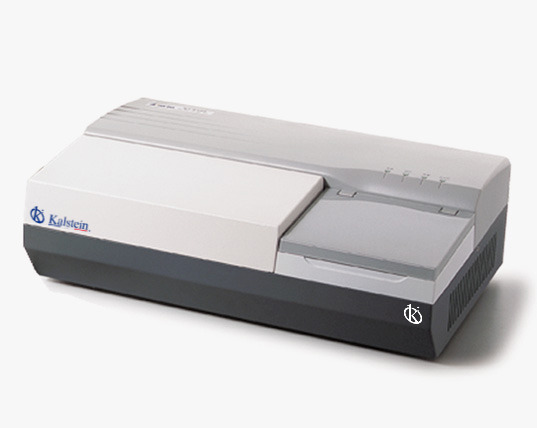In the field of scientific research and medical technology, the use of microplate readers has become an essential tool. These devices allow researchers to quickly analyze a large number of samples, optimizing time and increasing the accuracy of results. In this article, we will provide you with a detailed guide on how to use a microplate reader to achieve the best results.
Additionally, we will include practical tips and step-by-step tutorials to ensure you get the most out of this technology.
If you’re seeking a blend of innovation and quality, you’ve come to the right place. At https://kalstein.co.in/category-product/laboratory-line/microplate-reader-laboratory-line/ we offer you the luxury to explore our exclusive catalog of laboratory equipment. We manufacture each piece of equipment with a level of excellence. Our intuitive and agile online shopping channels are designed for your convenience, ensuring the friendliest prices. Don’t hesitate any longer, we bring science to life, it’s time to become part of our community. https://kalstein.co.in/
Initial Setup of the Microplate Reader
The initial setup of a microplate reader is crucial to ensure its proper functioning and to obtain accurate results. First, make sure the device is placed on a stable and level surface to avoid any vibrations that could affect the readings. Connect the reader to a reliable power source and turn it on.
Once powered on, it is important to calibrate the reader according to the manufacturer’s instructions. This usually involves using standard calibration plates and may require adjustments in the software settings. Be sure to follow all calibration steps carefully to ensure the reader is prepared to provide accurate results.
Sample Preparation
Proper sample preparation is essential for obtaining accurate and reproducible results. Ensure you use high-quality microplates and clean the plates properly before use to avoid any contamination. Distribute the samples evenly in each well, making sure the volume is consistent across the entire plate.
It is advisable to use automatic pipettes to ensure precision in sample distribution. Additionally, make sure to mix the solutions well before dispensing them into the wells to prevent sedimentation and to ensure a homogeneous distribution of components in each sample.
Adjusting Reading Parameters
Correctly adjusting the reading parameters in the microplate reader software is crucial for obtaining accurate results. First, select the appropriate reading mode according to the type of analysis you are performing, whether it is absorbance, fluorescence, or luminescence. Each reading mode has its specific parameters that must be adjusted correctly.
It is crucial to set the appropriate reading time and sensitivity parameters. A reading time that is too short can result in inaccurate data, while a time that is too long can lead to unnecessary time loss. Also, adjust the reader’s sensitivity to ensure you are capturing the most relevant signal without saturating the detector.
Conducting the Analysis
Once the samples are prepared and the reading parameters are adjusted, it’s time to conduct the analysis. Place the microplate in the reader and ensure it is properly aligned. Start the reading process through the software, following the specific instructions for the type of analysis you are conducting.
During the reading process, it is important to monitor the progress and verify that there are no errors or inconsistencies. Most modern microplate readers are equipped with quality control systems that alert you to any anomalies during the analysis. Take advantage of these features to ensure the integrity of your data.
Interpreting Results
Interpreting the results obtained from the microplate reader requires careful analysis and a clear understanding of the generated data. The software associated with the reader typically provides tools for statistical analysis and data visualization, making interpretation easier.
Review the data for any trends or patterns that may indicate a problem with the experiment. If you find any data that does not fit the expected results, review the previous steps to identify possible errors in sample preparation, parameter settings, or during the reading process.
Maintenance and Care of the Microplate Reader
Regular maintenance and proper care of the microplate reader are essential to ensure its longevity and optimal performance. Clean the device regularly according to the manufacturer’s recommendations, and make sure all moving parts are free of dust and debris.
Conduct periodic calibration checks to ensure the reader continues to provide accurate results. Store the reader in a controlled environment, avoiding exposure to extreme temperatures and humidity, which can damage the electronic components.
Practical Tips and Recent Advances
Stay up-to-date with the latest trends in medical technology and recent advances in laboratory research to continuously improve your techniques and results. Participate in seminars and workshops to learn new methodologies and share experiences with other professionals in the field.
Use online resources and scientific publications to stay informed about innovations in the use of microplate readers. Integrating new technologies and adopting best practices can take your research to the next level and increase the efficiency of your analysis processes.
Conclusion
The use of microplate readers is a powerful technique that, when used correctly, can provide precise and valuable results in various laboratory applications.
By following this detailed guide and applying the practical tips provided, you can optimize the use of your microplate reader and stay at the forefront of medical technology and scientific research.


